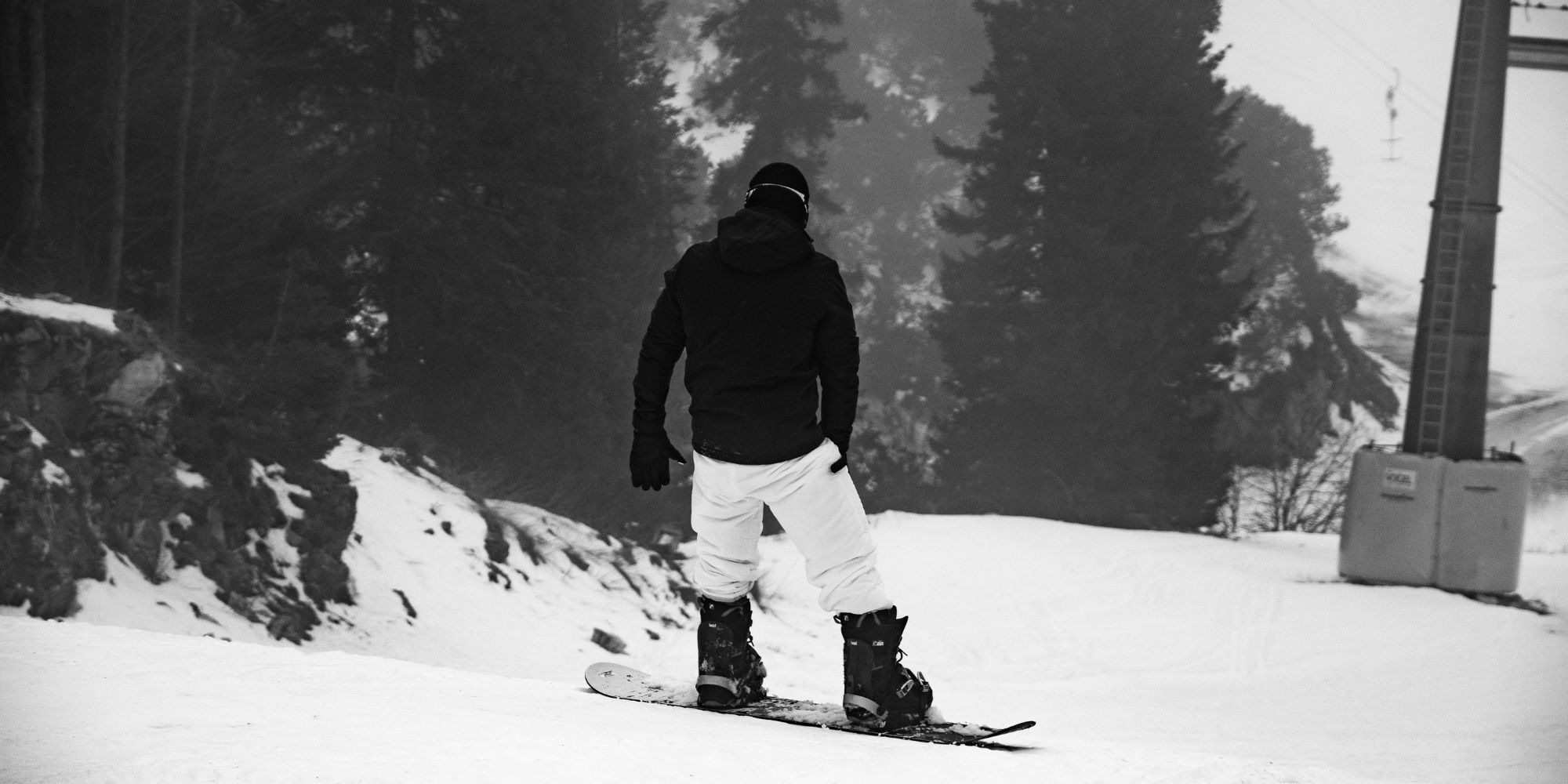Where to Place a Stomp Pad on a Snowboard
Placement of the stomp pad on your snowboard is key. We unpack everything you need to know to get you started.

A stomp pad is an add-on traction device that can be placed on the top of a snowboard. It is designed to provide extra grip and stability while you are cruising down the slopes or skating off the lift.
There are several placement options for a stomp pad, but where should you put it? Let’s take a closer look at some of the most popular places for stomp pads and discuss why each option might work best for you.
Standard Placement
The most popular spot for placing your stomp pad is in between the bindings, usually butted up next to the back foot binding area.
This allows riders to have one foot out of their bindings while they skate down the mountain and place their free foot on the board, gaining extra traction and stability from the pad.
Keeping your stomp pad butted up close to your rear binding also offers additional support if you need to press your back foot against it while coasting.
Alternative Placement Options
If standard placement doesn’t work for you, there are alternative options available. Some people prefer to place their stomp pads either further forward or further back than standard placement dictates.
You can also consider placing two pads side by side instead of one long one – this creates more space for your feet and can make skating easier if you feel like your regular stance is too cramped with just one pad.
Lastly, if you’re using two boards regularly – such as an all-mountain board or a powder board – consider investing in two separate stomp pads so that each setup feels familiar and comfortable when changing from one board to another.
Why A Stomp Pad Is Necessary
Snowboarding can be a fun and exhilarating activity but it also requires certain pieces of equipment to ensure safety.
One of these pieces is the stomp pad, which provides extra stability on your board so you don't slip or lose control while riding down the mountain. While many riders may not think they need one, stomp pads can be incredibly helpful when dealing with sudden changes in speed and momentum.
Stomp pads are typically placed near the tail of the snowboard, similar to where bindings are attached. They come in many shapes and sizes, from small circular discs to larger rectangular ones. Some riders even opt for custom shapes!
Top brands like Crab Grab and The House offer some of the top-selling stomp pads currently available on the market. When placing your stomp pad, it's important to make sure it's firmly affixed to the surface, as any slipping could lead to an injury or worse.
You also want to make sure you have adequate coverage from edge to edge — that means there should be no gaps between the pad and your board where snow and ice could creep underneath. Once all is said and done, grab your board and hit the slopes knowing you're safe!
Who Makes The Best Stomp Pads
Snowboard stomp pads are essential components of any snowboarder's gear, and Demon Traction has some of the best on the market. You can get Demon Stomp Pads, Snowboard Kick Pad, and Burton Stomp Pads for all kinds of snowboarding styles. Dakine makes great stomp pads too that come in a variety of poppin colors to match your style.
Demon makes killer designs that are aggressive and cool. If you want reviews before heading out to the store, check out popular snowboarding websites for their ratings on different brands like Demon Traction or stomp pad Dakine.
Conclusion:
Snowboard stomp pads are an important item for your board. No matter what kind of riding you do, having a good stomp pad placement will go a long way towards helping improve your overall experience on the slopes.
Take some time to experiment with different positions before settling on one that works best for you – once you find it, sticking with it will help build muscle memory so that all of your runs feel natural and effortless when you use a stomp pad snowboarding!
Snowboarders who understand how important it is to get their stomp pad placements right know that doing so will ultimately give them more control over their rides and help them perform better no matter what kind of terrain they face.

